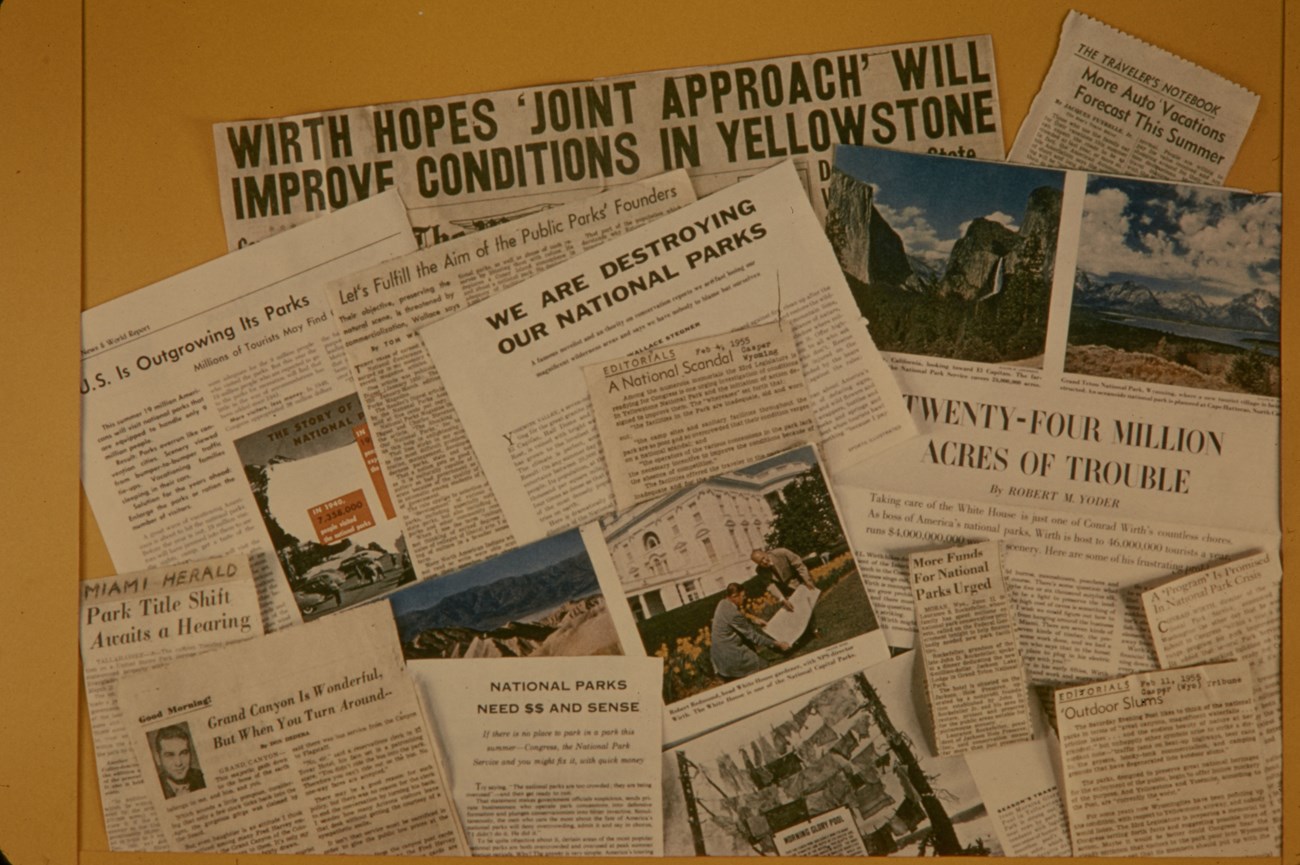
National Park Service After World War II, the development of the interstate highway system and availability of affordable cars sparked an exponential increase in automobile tourism across the country. This led to an explosion in visitation to national parks, from seventeen million visits in 1940 to fifty-four million in 1956.
Unfortunately, very few parks were ready to welcome that many visitors. With a budget that had not increased since before World War II, increased use led to perpetual traffic jams, long bathroom lines, overflowing parking lots, and no vacancy signs at campgrounds and other lodging options in parks. Because rangers lacked the resources to address these problems, the overall experience of visiting a national park suffered tremendously during this time. In response, the National Park Service began developing plans to address these problems.
In the 1955, director of the National Park Service Conrad L. Wirth, began to gather plans from park superintendents about the work that needed to be done in their parks, no matter how involved those projects might be. Wirth used the information to outline a ten-year plan for the National Park Service designed to culminate alongside its fiftieth anniversary in 1966 which he aptly named “Mission 66.” The goals of the program were to:
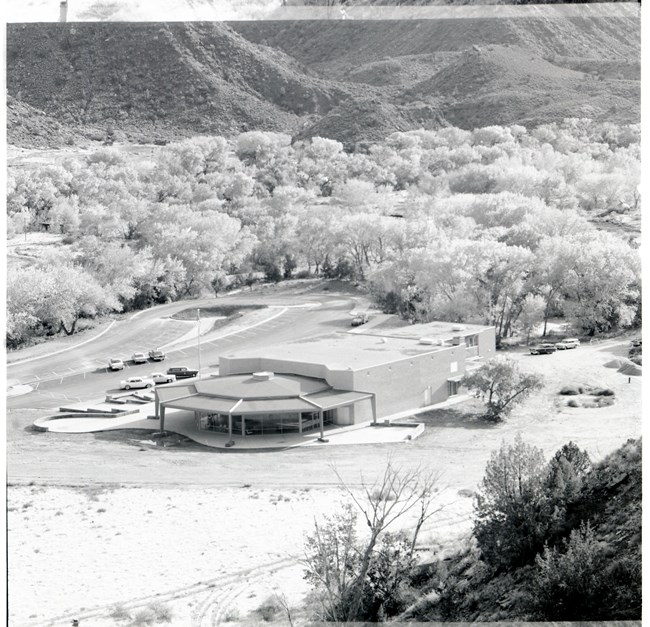
National Park Service - ZION Museum and Archives Image 004_01086 ; ZION 15933 Mission 66 at ZionZion Visitor CenterUnder the Mission 66 program, Zion National Park built a new visitor center complete with professional museum exhibits, outdoor terrace, administrative offices, and an information desk. Because it was built along a slope, the front public view was single story and unobtrusive to the surrounding landscape. However, hidden from public view along the backside of the building were two stories of maintenance and administrative offices. Thus, the new building was able to serve both visitor and administrative needs without disrupting the park experience. The building opened on June 17, 1960 and served as the park’s visitor center until 2002 when the Zion Canyon Visitor Center opened. This Mission 66 building is now home to the Zion Human History Museum. 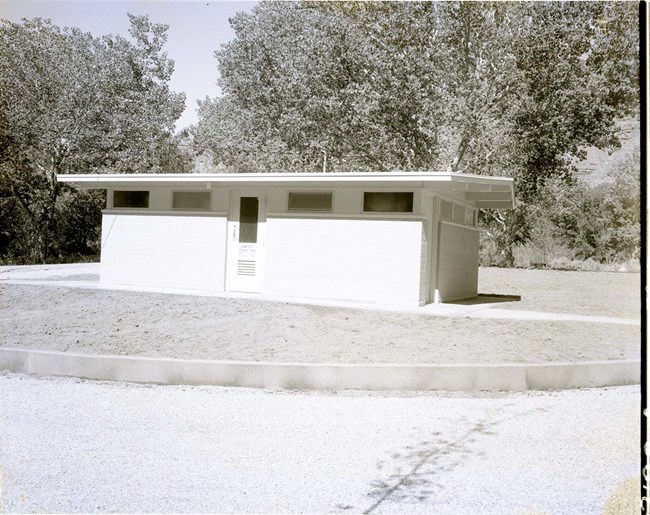
ZION Museum and Archives Image 003_01078 ; ZION 7952 Comfort stationsZion is home to one of the first comfort stations constructed during Mission 66. Built in 1956, it is located in South Campground. 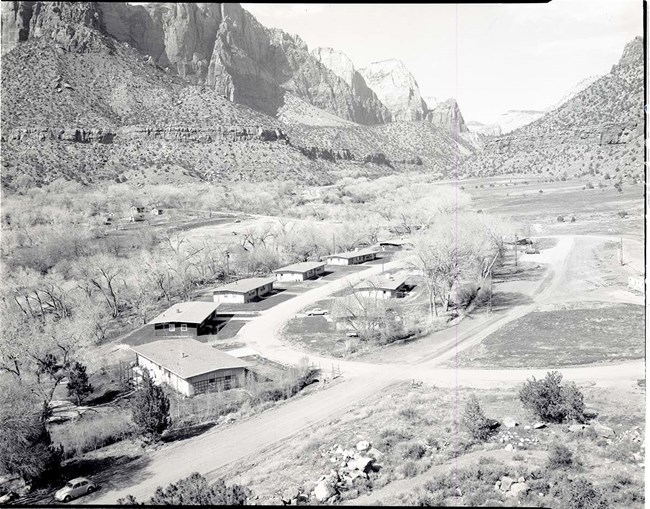
National Park Service - ZION Museum and Archives Image 004_03_112 ; ZION 7831 Park residencesWatchman Housing in Zion serves as an example of the park residences which were constructed during Mission 66.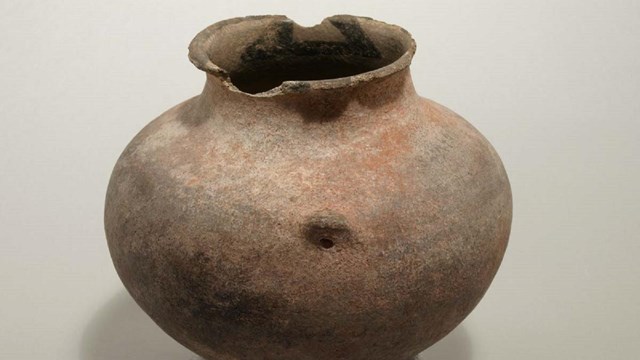
Museum Collections & Archives
Explore museum and archives collections of Zion. 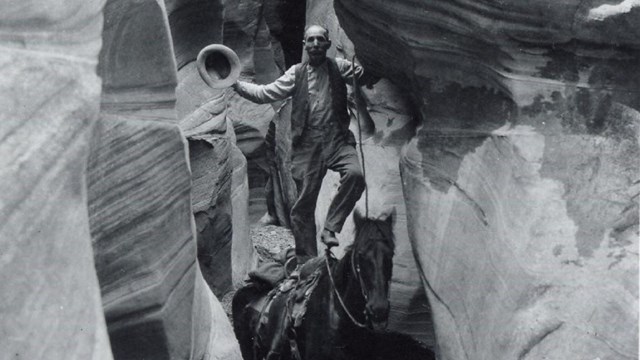
People
Learn more about the diverse peoples who have called Zion home for thousands of years. 
Places
Discover historic places and structures at Zion. |
Last updated: June 4, 2025
